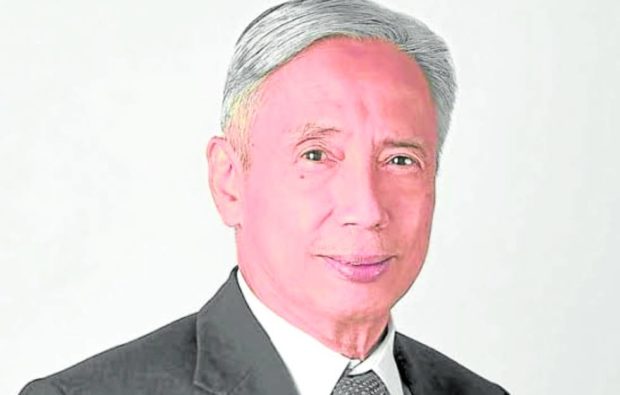The pressure on prices of basic goods to further rise are building up to bring inflation in the Philippines to its expected peak during the fourth quarter this year, as prospects of above-normal rainfall in the coming months firm up, and given added force by the continued strengthening of the US dollar.
Chances that the La Niña climate phenomenon will continue to prevail in the next three months rose to 86 percent from the 62-66 percent forecast in July.
According to the latest bulletin from the Climate Prediction Center (CPC), which is part of the United States National Oceanic and Atmospheric Administration, indicators of an active La Niña system intensified over the previous several weeks.
If crops get damaged due to La Niña-induced rains, prices of agricultural produce would go up, thus further stoking inflation.
“Overall, the coupled ocean-atmosphere system remained consistent with an ongoing La Niña,” the CPC said.
Buying power
“La Niña is expected to continue, with chances for La Niña gradually decreasing from 86 percent in the coming season [September-November] to 60 percent during December-February 2022-2023,” the American agency said.
Bangko Sentral ng Pilipinas Governor Felipe Medalla last week said that inflation, which has been rising month after month since February, is expected to reach a peak in October or November.This is likely to be exacerbated by a renewed weakening of the Philippine peso against the US dollar, which contributes to the further erosion of Filipino consumers’ buying power.
On Tuesday, the peso depreciated for the eighth consecutive trading day, losing 2 centavos to close at 56.05:$1 from 56.03:$1 on Monday.
ING Bank said on Tuesday that the dollar remained well in demand at the start of this week at the expense of other currencies.
The Netherlands-based bank said this was partly driven by expectations of financial markets that the American central bank, the US Federal Reserve, is continuing to raise interest rates.
Markets are also worried of instability that takes a toll on trade, as well as rising energy costs in Europe and faltering economic prospects in China.
“Hawkish expectations heading into Fed Chair Jerome Powell’s speech on Friday [about the outlook on the US economy] should keep a fairly solid floor under the dollar for now,” ING Bank said. INQ
